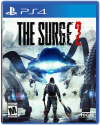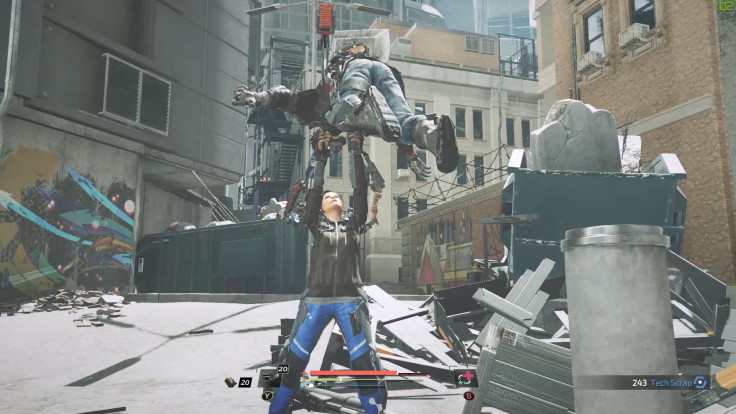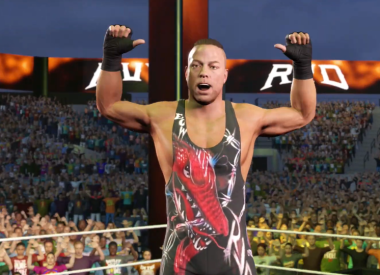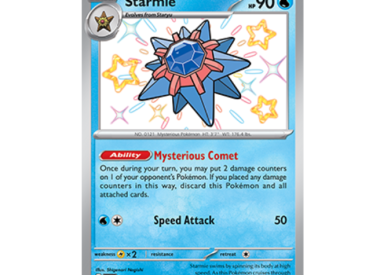The Surge 2 has just been released, and while there has been a section of reviews praising its improvements over the original, there have been some rather negative ones with regards to its performance on PC. While I can’t speak for the latter, as my experience on PC was tolerable (it also happened to be a pre-release build), it’s a bit disappointing to see some early reviews mention its perceived clunkiness and jank as a barrier from people actually enjoying it.
If you’re one of those players, and you’ve successfully managed to play The Surge 2 brilliantly on PC, but you find its mechanics somewhat alien and “bad,” don’t refund it just yet. Check out some tips and tricks for beginners below for The Surge 2, which covers the various do’s and don’ts for playing the game and making the most out of it, especially within the first few challenging sections.
As much as possible, don’t play it like Souls
Despite being compared to Dark Souls, The Surge 2 is pretty far from it gameplay-wise. The Surge 2 works on very different mechanics altogether, and if you’ve played the first one, then you’ll know that the comparison is pretty thin and exists only to lump both Souls and The Surge in a subgenre of challenging action RPG games.
The very first section of the game takes place in a ruined detention facility. This acts as the tutorial area for The Surge 2, as the game guides you through its various mechanics. You’ll immediately notice that you can’t really dodge at first, since you’re without your RIG; this should be your first hint that The Surge 2 is nothing like Dark Souls.
In lieu of dodging, you can block attacks. Blocking consumes stamina once the attack connects, and if you run out of stamina once the attack hits, you’ll get staggered. Blocking is as integral, if not more so, as dodging, and The Surge 2 immediately tries to teach you that in the first drones you face.
Once you do get your RIG, one of the first implants that you will get is the directional block analyzer. It’s worth taking the time to learn the directional block mechanic, as this is what will ultimately be your go-to counter. With this, you can see a marker from where an enemy attack will be coming from; if you time your block correctly, you will stagger them with a directional parry, as well as opening up a window for one powerful attack. Even if for some reason you don’t want to block attacks, the directional block analyzer is still very useful for timing your dodges well.
Dodging, meanwhile, should always be a last resort. If you played Sekiro earlier this year, The Surge 2 works on the same premise: unlearn your impulse to try and dodge every attack, and instead see each attack as an opening for a proper directional block. Dodges should mostly be reserved for unblockable attacks, as well as for repositioning.
Another issue you will probably encounter is the overly-aggressive tracking. Tracking refers to enemies hitting you even when you’re a hundred percent sure that you’ve dodged; you probably did, but you timed it too early. Enemy attacks in The Surge are notorious for their aggressive tracking, and there is significantly less leeway to dodging attacks as they require perfect timing – or possibly more distance between you and the enemy. You can add this to the reasons why you should always try to block whenever possible.
Dark Souls and The Surge 2 are fundamentally different games, with their comparisons only existing because people have attached challenging games to the former. Approach The Surge 2 as an entirely new game, with vastly different mechanics, and you’ll find yourself in a much better state of enjoying it.
Be cautiously aggressive
Weapons in The Surge 2 aren’t meant to be wielded and used in one to two attacks at a time. For the most part, you want to always be doing what are called cross combos, which is a mixture of vertical and horizontal slashes that form a weapon’s move set. The different weapons in the game all have different cross combos, all with varying reach, damage and impact.
Hit-and-run tactics rarely work here. If you’ve grown rather fond of the dodge-hit-dodge mechanics of other Souls-likes, The Surge 2 will punish you for that with the aforementioned aggressive tracking and less chances to do executions. It’s for this reason that you always want to go ham, but in a very cautious way. With the directional analyzer installed, you can find out when enemies will attack for a chance at a quick block. Blocking is relatively painless and can be done in the midst of combo animations, and some combo animations have a certain stability to them, allowing you to power through attacks that would’ve staggered you out of the animation.
Blocking versus directional blocking
I’ve also been reading a lot of user reviews with regards to how inefficient blocking is. However, if you know that there is a very big difference between directional blocking and blocking, people will be more inclined to use it instead of dodging all the time.
- Blocking – a single press of a button. You can hold down the button to block, but it stops your Stamina from regenerating. Ideally, if you’re a beginner adjusting your reflexes, you want to hold the block as soon as the animation begins to make sure that you block the attack in its entirety. The same effect, however, can be achieved through quick presses, which is really what you should be aiming for. Blocking can be used against most attacks, even rifle shots from enemy guns. The attacks that cannot be blocked are shown with a crossed-out shield marker, which you will be able to see if you’ve equipped the directional block analyzer.
- Directional blocking – holding down the block button while pushing in a certain direction. I’m very sure that most of the players complaining about how uneven the blocking is are those thinking that directional blocking is the same as blocking. Once you put in a direction, the block will only work that way, and only for the briefest moment. It’s more of a parry than a true block, and as such it requires actual precision in your timing.
If you want to properly block an attack, make sure that you’re not pushing in a certain direction. As soon as the input gets registered that way, the block turns to a directional block, which could not be properly well-timed, therefore leading to some players believing that the block is unreliable. In most cases, you were probably doing a directional block rather than a block.
Your enemies’ weapons work on the same principles as yours
The main hook of The Surge 2 is the limb-based combat system, which allows you to upgrade yourself based on parts you take from your enemies. The same can be applied to weapons; if you want that guy’s big hulking hammer, you have to take it from his cold dead hands – literally.
Another brilliant aspect I forgot to mention in my review for the game is that since you’re getting your enemies’ weapons, the same tactics can be applied to any of them. This means that if you know the weapon’s move sets, you have better chances of blocking their attacks and properly timing your dodges. As much as you’re attached to more powerful weapons, there’s an amazing value in learning every category’s cross combo and move sets, if only to figure out how to best deal with enemies wielding them.
Dying is part of the experience – learning from it is what makes dying important
Don’t be afraid to die. Losing all of your tech scrap may be frustrating, but unless you’re actively farming it, you shouldn’t really be afraid of trying to always go toe to toe with enemies, figuring out their attacks up close and learning what to avoid and when to avoid it. The Surge 2 is incredibly challenging, even more so if you’re coming from the mindset of a Souls player, but it also follows its own set of rules and mechanics for a tough, but fair experience.
The Surge 2 is now available for PC, Xbox One and PS4. Check out my review for The Surge 2 here.
- Exceptional combat mechanics.
- Well-implemented RPG system.
- Interesting level design, dense and filled with secrets and hidden routes.
- Good difficulty curve, extremely tough at times but completely fair.
- Improved storyline, with much more interesting characters.
- Fair bit of replay value.
- Great art, enemy and world design.
- Forgettable music.
- Some technical issues like animation jank and visual bugs.
- Constant backtracking may prove to be tedious to some people.


















